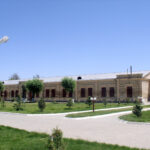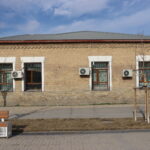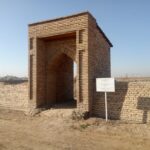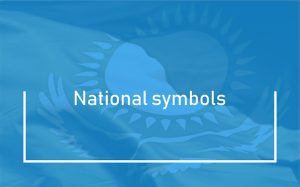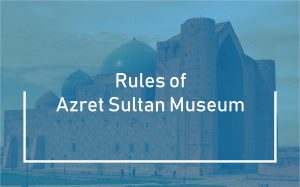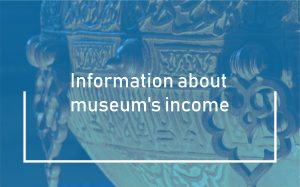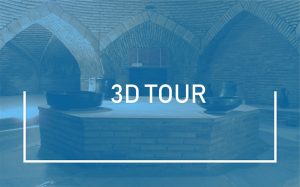Archeological excavations are underway to identify and restore the medieval main road to the Mausoleum of Khoja Ahmed Yasawi and the gate «Zheti ata», turning it into a tourist destination.
The work on the medieval main street is being carried out by the Ministry of Culture and Sports of the Republic of Kazakhstan, the State Historical and Cultural Reserve Museum «Aziret Sultan» and the archeological group of the institution «Kazneftegazhany». 7
7
— «The length of the main street is 620 meters, the width is 5 meters. Presently, about 100 meters away, archeological excavations have taken place. This year we need to explore an area of over 320 meters. The width of the historic street will be increased to 25 meters, including the houses on both sides of the road. Along this street there is the Khan’s Horde and the Khan’s Mosque, which was founded by Yesim Khan. The findings from archeological excavations indicate that the sixth building layer of the site was formed between the end of the 17th and the first half of the 18th century, meaning that it corresponds to the period of the Khan’s Horde — Tauke, Kaip, Bolat, Sameke, and Abilmambet khans. From 1743 to 1745, the eldest son of Sameke Khan, Seit Ahmet Yassawi, formed the second Khan’s Horde on the eastern side. It is possible to assume that after the death of Abilmambet Khan (1771) the excavated Horde was inhabited by his son Bolat Khan until 1798. In 2011, the walls of 15 of the excavated rooms were remodeled and raised to a height of 1.2 m to 2 m, depending on their importance and importance. In the rooms, the salashes, tandems, skirts, sandals were restored. Part of the khan’s house is made in a modern look, made of parsley and straw, «said Marat Tuyakbayev, an archeologist and research fellow at the Azeret Sultan State Historical and Cultural Reserve Museum.
According to archeologist Marat Kumul, Zheti Ata Street, which runs from the Ahmed Yassawi Mausoleum to the Zhety Ata Gate, operated until the 1950’s. The historical site of the area was the home of merchants and artisans. In this regard, it is planned to investigate the Streets until the 18th century and to redevelop the houses on both sides of the road. As a result, tourists coming to Turkestan will have the opportunity to buy handicrafts made of ceramics, wood and ceramics, and even create and learn with craftsmen. Visitors to the ancient city will also not only see historic sites, but also flock to the mosque where the khans and judges danced, and get acquainted with the Khan’s Horde.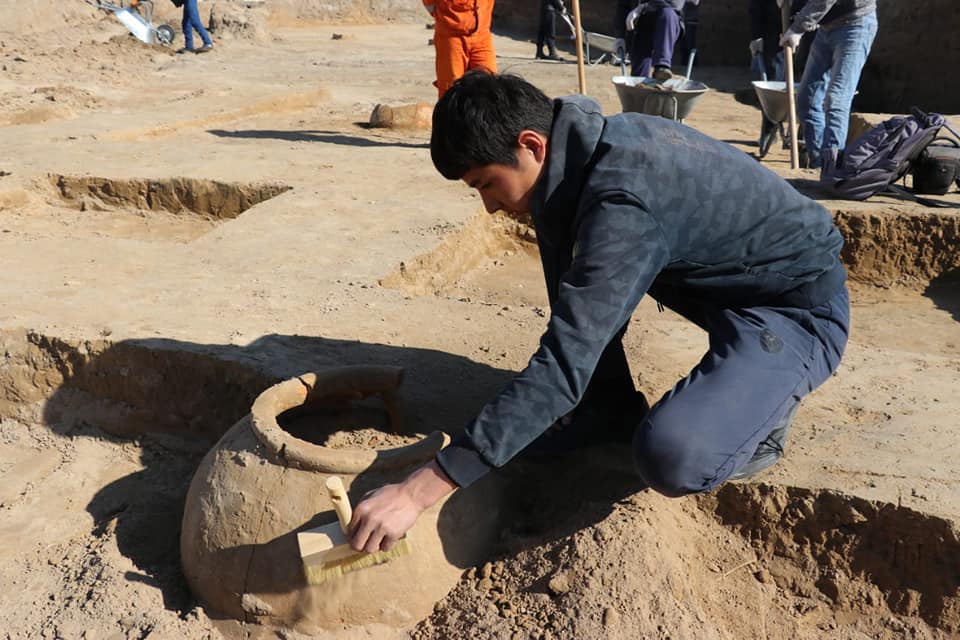
It’s worth noting that the First President of the Republic of Kazakhstan — Leader of the Nation NA Nazarbayev has set a great deal of tasks in the field of historical and cultural heritage. The issues of conducting a cycle of archeological excavations for their historical and cultural heritage, their restoration, museumization and transformation into world-renowned tourist centers are on the agenda. One of the major projects is the restoration and reconstruction of historical monuments belonging to the State Historical and Cultural Reserve Museum «Azret Sultan» in Turkestan, to be converted into a popular tourist center. Complex scientific-restoration and archeological works will be performed on the streets of Rabia Sultan Begim Mausoleum, Esim Khan Mausoleum, Eight-Corner Mausoleum, Shedylhan, 19th-century Turkestan citadel, and the central trunk street from Zhety Ata Gate to Mausoleum will be rebuilt.


